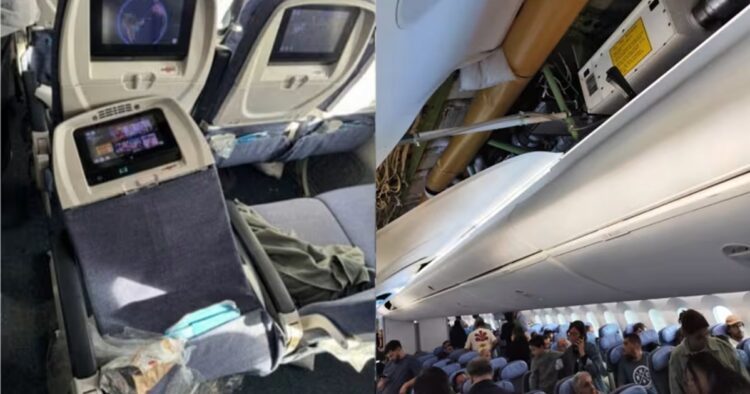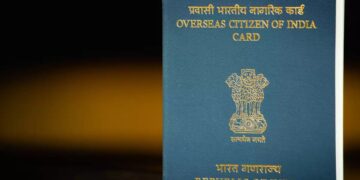Passengers from an Air Europa flight faced a terrifying experience when their plane was diverted to northeastern Brazil due to severe turbulence. The incident, which occurred on Monday, injured about 40 people, with four of them needing intensive care.
One passenger, Stevan, shared his fear during the ordeal. “It was a pretty horrible feeling. We thought we were going to die there,” he said. Another passenger, Maximiliano, described how the plane, a Boeing 787-9 Dreamliner with 325 passengers on board, suddenly started to plunge.
“From one moment to the next, the plane destabilized and went into a dive,” he said. “The people who didn’t have seat belts went up in the air and hit the ceiling, and they got hurt – those who had seat belts on, not so much.”
After the incident, the flight, which was traveling from Madrid to Montevideo, made an emergency landing in Natal, Brazil, just after 2:30 a.m. local time. Passengers with fractures and injuries to their arms, faces, and legs were taken to hospitals.
The government of Rio Grande do Norte state, where Natal is located, reported that four people were in intensive care units, with a total of 40 passengers needing hospital treatment.
Air Europa issued a statement expressing deep regret over the incident and the inconvenience caused to its customers. The airline stated that six people were still in the hospital in Natal and were being assisted by ground personnel from both Brazil and Spain.
The airline also mentioned that a replacement flight to Montevideo had been arranged, with passengers being transported by bus to Recife’s larger airport.
The aircraft is currently being reviewed to assess the extent of the damage caused by the turbulence.
Air Europa has not provided further comments about the incident, which comes less than two months after another severe turbulence event on a Singapore Airlines flight resulted in one passenger’s death and injuries to dozens.
Scientists have warned that turbulence might worsen due to climate change. Turbulence is often caused by unstable weather patterns that trigger storms, which can usually be detected by weather radar, allowing pilots to avoid them.
However, recent incidents have raised concerns about seat belt and safety practices in the air travel industry.
According to the Montreal Convention, an international agreement, airlines are liable for physical injuries from accidents on international flights, including those caused by turbulence, regardless of whether they were negligent.

















Comments